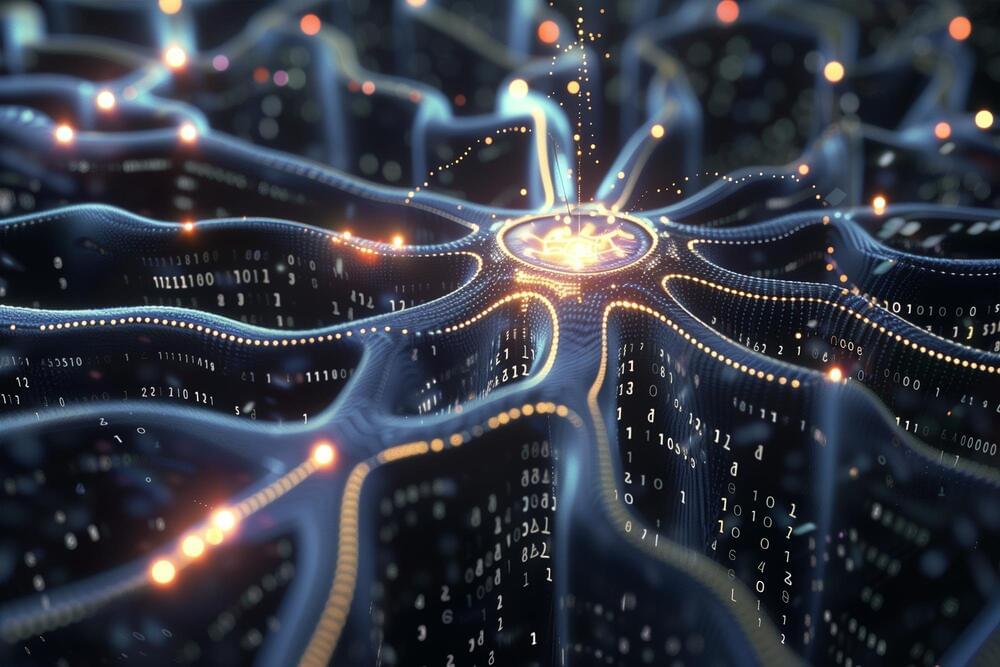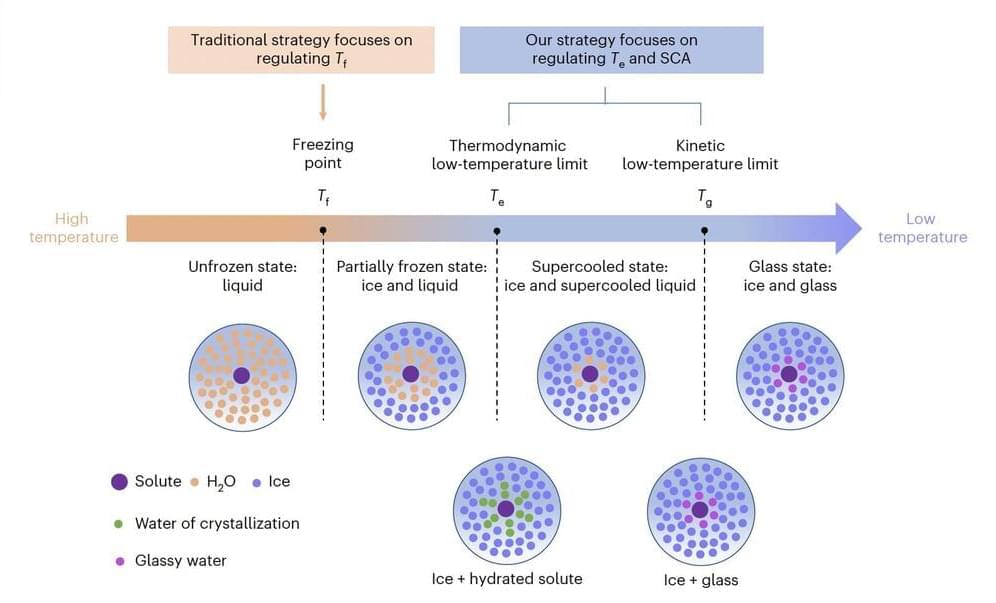Page 754
Jun 3, 2024
50 Years Ago, Chimeras Gave a Glimpse of Gene Editing’s Future
Posted by Dan Breeden in categories: bioengineering, biotech/medical
Advances in gene editing technology have led to the first successful transplant of a pig kidney into a human.
Jun 3, 2024
Superconductivity: the search and the scandal
Posted by Dan Breeden in category: materials

Recent high profile controversies haven’t deterred scientists from searching for one of research’s ultimate prizes: room temperature superconductors. Kit Chapman reports on the claims.
In July 2023, the world became obsessed with superconductivity. Two pre-prints from a group in South Korea claimed that a copper-doped lead-apatite, dubbed LK-99 after its two proposers, Lee Sukbae and Kim Ji-Hoon, was a superconductor at room temperature and ambient pressure. The claims spread across social media, with both seasoned groups and amateur chemists trying to recreate the material. By August, a consensus was reached that LK-99 was yet another dead end, and not a superconductor at all.
Continue reading “Superconductivity: the search and the scandal” »
Jun 3, 2024
AI Chip Breakthrough: Memristors Mimic Neural Timekeeping
Posted by Dan Breeden in categories: innovation, robotics/AI
In the brain, timekeeping is done with neurons that relax at different rates after receiving a signal; now memristors—hardware analogs of neurons—can do that too.
Artificial neural networks may soon be able to process time-dependent information, such as audio and video data, more efficiently. The first memristor with a ‘relaxation time’ that can be tuned is reported today in Nature Electronics, in a study led by the University of Michigan.
Energy Efficiency and AI.
Jun 3, 2024
Editing without ‘cutting’: Molecular mechanisms of new gene-editing tool revealed
Posted by Dan Breeden in categories: bioengineering, biotech/medical, chemistry, genetics
Joint research led by Yutaro Shuto, Ryoya Nakagawa, and Osamu Nureki of the University of Tokyo determined the spatial structure of various processes of a novel gene-editing tool called “prime editor.” Functional analysis based on these structures also revealed how a “prime editor” could achieve reverse transcription, synthesizing DNA from RNA, without “cutting” both strands of the double helix. Clarifying these molecular mechanisms contributes greatly to designing gene-editing tools accurate enough for gene therapy treatments. The findings were published in the journal Nature.
The 2020 Nobel Prize in Chemistry was awarded to Jennifer Doudna and Emmanuelle Charpentier for developing a groundbreaking yet simple way to edit DNA, the “blueprint” of living organisms. While their discovery opened new avenues for research, the accuracy of the method and safety concerns about “cutting” both strands of DNA limited its use for gene therapy treatments. As such, research has been underway to develop tools that do not have these drawbacks.
The prime editing system is one such tool, a molecule complex consisting of two components. One component is the prime editor, which combines a SpCas9 protein, used in the first CRISPR-Cas gene editing technology, and a reverse transcriptase, an enzyme that transcribes RNA into DNA. The second component is the prime editing guide RNA (pegRNA), a modified guide RNA that identifies the target sequence within the DNA and encodes the desired edit. In this complex, the prime editor works like a “word processor,” accurately replacing genomic information. The tool has already been successfully implemented in living cells of organisms such as plants, zebrafish, and mice. However, precisely how this molecule complex executes each step of the editing process has not been clear, mostly due to a lack of information on its spatial structure.
Jun 3, 2024
Is It Time to Redefine the Singularity?
Posted by Dan Breeden in categories: robotics/AI, singularity
What if the singularity heralds not AI dominance, but a profound unity consciousness, connecting human and machine minds into a symbiotic, transcendent intelligence?
Jun 3, 2024
A framework to construct quantum spherical codes
Posted by Dan Breeden in categories: computing, quantum physics
To reliably perform complex, large-scale calculations, computing systems rely on so-called error correction schemes, techniques designed to protect information against errors. These techniques are perhaps even more essential when it comes to quantum computers, devices that perform computations leveraging the principles of quantum mechanics.
Jun 3, 2024
Scientists Claim New Enzyme Can Break Down Plastic in a Single Week
Posted by Shailesh Prasad in category: robotics/AI
Scientists used machine learning to discover what they say could be a new way to speed up the process of breaking down plastic significantly, Vice reports.
As detailed in a new paper published in the journal Nature, a research team from the University of Texas at Austin modified an enzyme to break down the individual components of polyethylene terephthalate (PET), a commonly used plastic that makes up a staggering 12 percent of global waste.
Impressively, the modified enzyme also reduced the amount of time it takes for the plastic to degrade from months to a just single week.
Jun 3, 2024
A strategy to design anti-freezing electrolytes for batteries that can operate in extremely cold environments
Posted by Shailesh Prasad in categories: robotics/AI, space
Battery technologies that can reliably operate at very low temperatures could be highly valuable for a wide range of applications. These batteries could, for instance, power devices, vehicles, and robotic systems in outer space, deep under the sea, and in other extreme environments.
Jun 3, 2024
The iPhone is about to embark on a multi-year upgrade cycle due to IntelliPhones says analyst
Posted by Shailesh Prasad in category: mobile phones
Bank of America sees a multi-year upgrade cycle for smartphones and the iPhone thanks to the launch of the IntelliPhone.
















